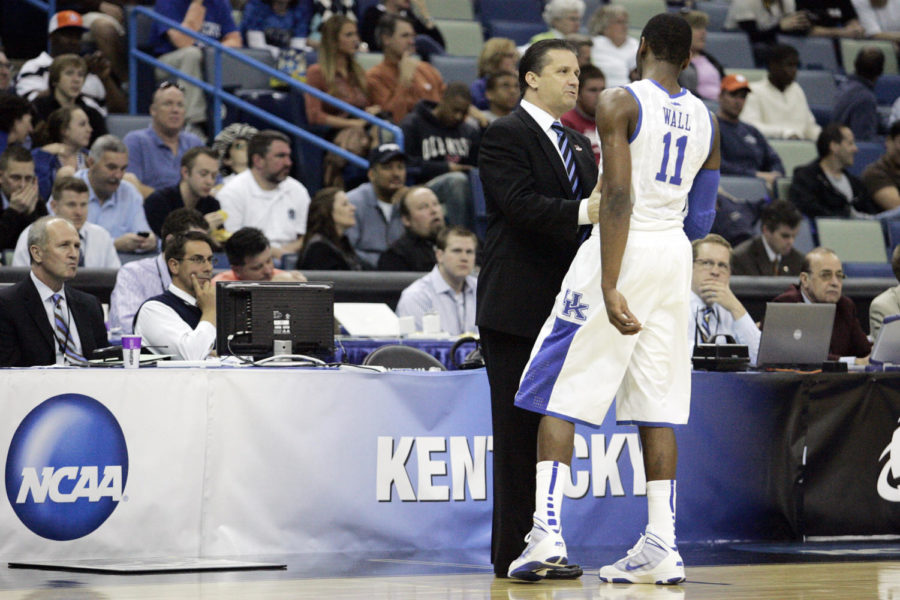We’ve come so far, but still have much to go
September 27, 2019
“We uncovered no insensitive or racist images” reported the Courier-Journal in February of this year, referring to their review of past Kentucky yearbooks. You can image our surprise, then, when one of the Kernel staffers leafed through the 1953 Kentuckian, UK’s now-defunct yearbook, and came across smiling students in blackface.
It didn’t stop there. Throughout the rest of the day, the Kernelites uncovered 12 photographs of students in blackface in our available copies of the Kentuckian. There were also several instances of students proudly waving (and in one case wearing) confederate flags or otherwise appropriating cultures and sporting insensitive insignia. Most of the offensive images were between 1952 and 1960.
The Kentuckian and the Kernel had offices across the hall from each other for much of the 21st century. They were, however, editorially independent from one another. Despite this, the Kernel staff feels a responsibility to address these images.
It’s horrible that this happened, but it’s good that we can talk about it now.
The presence of these images was not something of which we were aware before this week. This doesn’t mean that they haven’t offended and hurt others who have come across them.
Within the context of the time they were taken, the pictures would not have been the result of editor’s slip-up. This kind of behavior was relatively normal in southern universities of that time.
The first Kentuckian in which we found blackface was 1952, only three years after UK’s first black student, Lyman T. Johnson, won his legal battle for enrollment at UK.
Johnson, who received an honorary Ph.D. in 1980, sums up our feelings well with his statement: “It’s remarkable that so much has changed in the space of thirty years – from the time I forced my way into the university on a court order to the day the university gave me an honorary degree.”
A lot has changed. The racist images in the Kentuckian at least, if nothing else, serve as a reminder of how far we’ve come, even if we still have so far to go. They remind us of the reasons that students protest and campaign for individual rights, throughout history and now. We can only hope that the next 20 years of dialogue brings even more understanding, equity, and justice to our campus.
The 1962-63 Kernel editor, Jack Guthrie, wrote an editorial that was instrumental in UK’s decision to integrate our sports teams. When asked to give comment on the racist yearbook photos, he remarked that “the country had to find [itself], and we are still finding ourselves.”
He also charged young journalists with “continuing to call out any injustices you see, not just racism but any other.”
We do not condone these images, but we acknowledge them as a relic of a less aware time. They only strengthen our commitment to journalistic integrity and creating a meaningful dialogue from which we, as a student body, can grow.






























































































































































